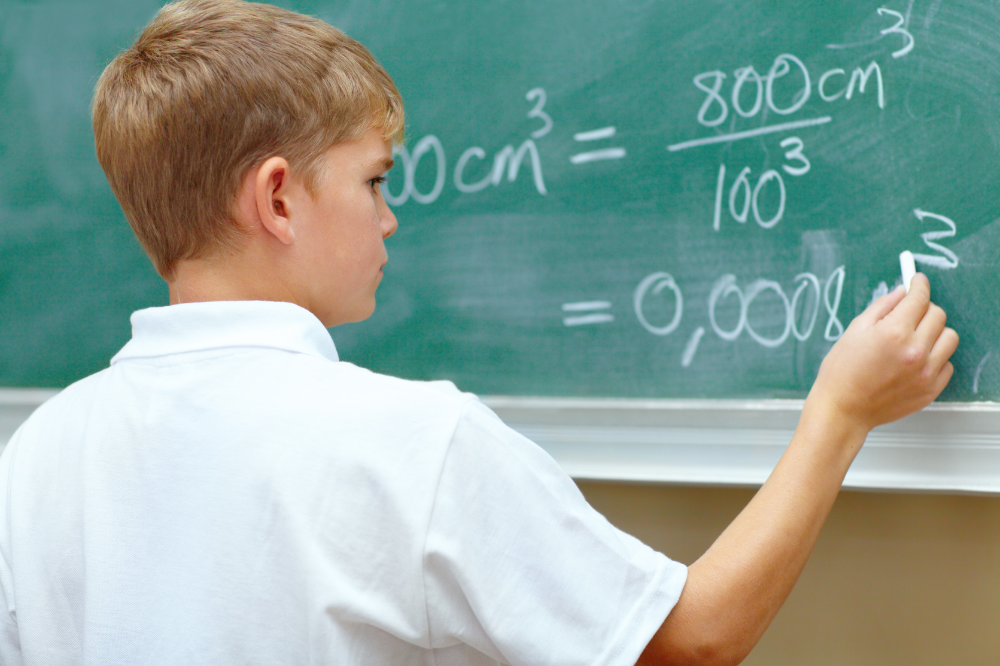
As nearly 1.3 million Australian students sit their NAPLAN assessments, concerns remain that a third of the nation’s students continue to fall short of essential literacy and numeracy benchmarks.
However, groundbreaking new research has identified that wellbeing and creativity are two major determinants in shaping students’ NAPLAN success – a finding that can potentially turn the tables and lift outcomes in classrooms across Australia.
An extensive UniSA research project involving over 215,000 students linked wellbeing with academic outcomes between 2016-2019, demonstrating that aspects such as emotional wellbeing, engagement, and particularly learning readiness – comprising perseverance, confidence, and motivation – substantially influence student performance.
Dr Rebecca Marrone, a researcher involved in the wellbeing study, said education systems traditionally prioritise standardised academic achievement at the expense of holistic development.
“Wellbeing factors, especially learning readiness, influence how students perform academically, notably under test conditions,” Dr Marrone said. “It's about developing good learning habits and motivation, which help students perform better at school.”
UniSA researcher Benjamin Lam says schools should adopt comprehensive learner profiles that integrate wellbeing alongside traditional grades.
“When students are mentally and emotionally healthy, they're more engaged and motivated," Lam said. “Schools must go beyond test scores and adopt holistic approaches that support students' confidence, perseverance, and readiness to learn.”
Supporting these findings, South Australia’s Minister for Education, Training and Skills, Blair Boyer, highlighted the state's $50m investment in mental health and learning specialists, calling it essential to improving academic outcomes.
“This world-first research confirms our strategy,” Minister Boyer said in a statement. “If students struggle with mental health, their academic performance suffers. By addressing concerns at the coalface, we significantly boost their academic potential.”
In a separate study, UniSA researchers who examined 637 Australian students revealed that creativity is another significant determinant in boosting performance in literacy and numeracy.
Surprisingly, creativity was found to be a more accurate predictor of academic achievement than traditional measures such as Grade Point Averages (GPAs) or personality traits like conscientiousness.
Professor David Cropley, who led the study, said these findings were “good news for teachers,” challenging the long-held misconception that creativity and academic rigour are at odds.
“More and more we're seeing teachers find unique and interesting ways to spark curiosity among their students,” Professor Cropley said. “This can be as simple as fostering an open and inquisitive attitude towards new ideas, or as engaging as interactive role-play to explore English texts.”
The study highlighted that greater flexibility in divergent thinking* – students’ ability to generate diverse solutions – correlated strongly with literacy success, while mathematical creativity** directly improved numeracy outcomes.
Professor Cropley encouraged schools to integrate creative thinking into their curriculum rather than returning solely to rote learning.
“Creativity can be seamlessly implemented in structured learning environments, significantly boosting academic achievement in both literacy and numeracy.”
*Higher flexibility in divergent thinking is a student’s ability to generate a wide range of ideas across different categories when solving problems or answering open-ended questions, such as ‘What would happen if people only told the truth?’
**Mathematical creativity is when students can find novel solutions, recognise alternative approaches, and think beyond conventional problem-solving methods to answer a problem such as, ‘How many different ways can you make the number eight?’


